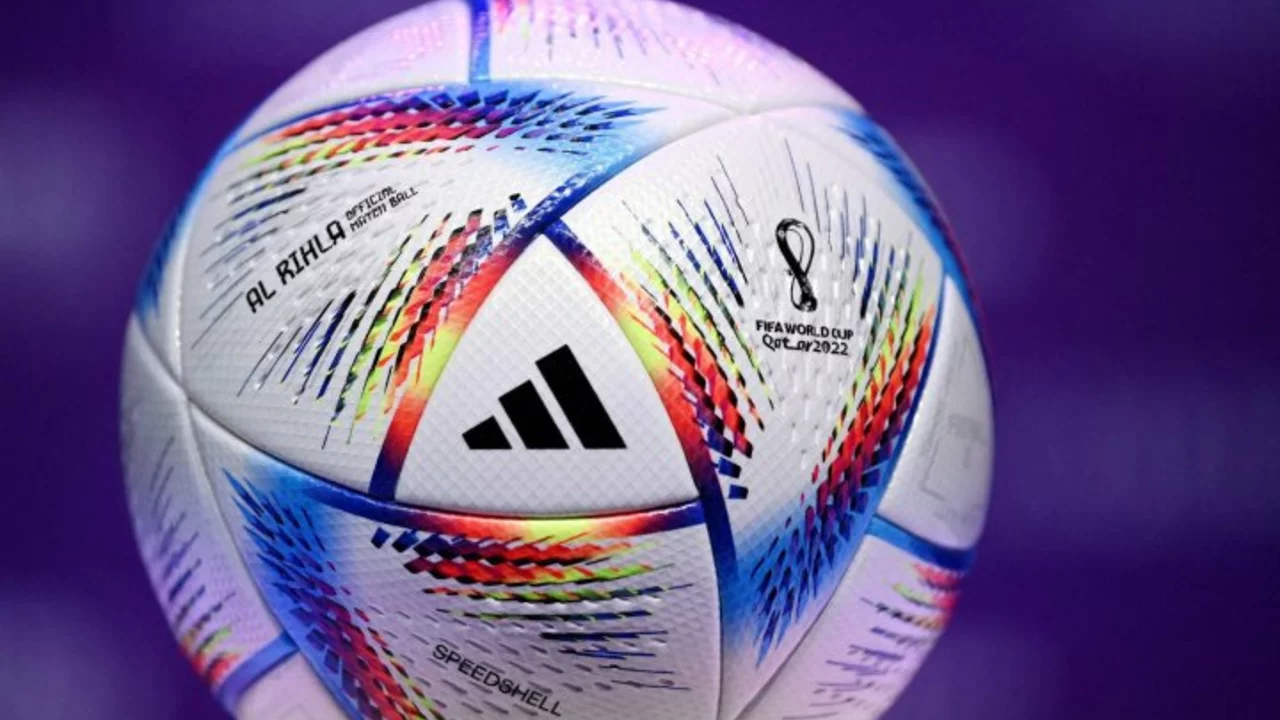Decision Making in Soccer: Why It Matters and How to Improve
Every goal, every pass, every transfer is a decision. In soccer the smartest choices separate the winners from the rest. Whether you’re a fan trying to predict the next move, a coach planning a line‑up, or a player deciding which boots to wear, the same principle applies – good decisions lead to good results.
In the UK game we see this every week. A manager swaps a striker for a winger at halftime and the team bursts into life. A youngster picks the right pair of cleats and avoids a serious injury. These moments show that decision making isn’t just a buzzword; it’s the engine behind every victory.
Key Areas Where Decisions Count
Tactical setup. Choosing formation is the first big call. A 4‑3‑3 gives you width, a 3‑5‑2 adds midfield strength. Look at opponent style, player fitness and what you want to dominate – possession or quick counter‑attack. The right shape makes the rest of the game smoother.
Player selection. Picking the starting eleven is more than picking the biggest names. You need a blend of experience, speed and chemistry. For example, many fans don’t realize that the most dangerous position in soccer is often the goalkeeper – a bad mistake there can cost a match instantly.
Equipment choice. The best soccer cleats for defenders, like the Adidas Predator or Nike Tiempo, give you traction and support. A poor choice can lead to slips or injuries, especially in high‑intensity games.
Transfer and financial decisions. Private soccer leagues fund themselves through ticket sales, broadcasting rights and sponsorships. When a club decides to sell a star player, the money can fund new talent or improve facilities – but the timing of that sale matters.
Simple Steps to Sharpen Your Choices
1. Gather facts. Before you decide, look at recent stats, injury reports and opponent form. A quick glance at the latest match data can reveal patterns you’d otherwise miss.
2. Set a clear goal. Decide what you want to achieve – hold a lead, chase a goal, or preserve player health. Your goal steers every later choice.
3. Limit options. Too many choices create doubt. Pick three realistic options, weigh pros and cons, and pick the one that fits your goal best.
4. Trust experience. If you’ve seen a similar situation work or fail, let that guide you. Coaches often rely on past matches to tweak their line‑ups.
5. Review the outcome. After the match, check what worked and what didn’t. Did the formation create space? Did the right‑handed defender handle the set‑piece well? Use that feedback for the next decision.
Decision making in soccer isn’t about being perfect; it’s about being consistent and learning fast. The next time you watch a Premier League game, notice the small choices – a substitution at the 65th minute, a shift to a high press, a change of boots – and see how they shape the final result.
With these simple habits you’ll start to think like a manager, spot the right moves faster, and enjoy the game even more. Good decisions start with good information, a clear aim, and a willingness to adapt. Apply that on and off the pitch, and you’ll see the difference immediately.
How did they choose who should host the World Cup 2022?
The choice for the World Cup 2022 host was quite a process! The decision was made by FIFA's then 24-member Executive Committee, who vote in a secret ballot. Countries submitted bids with detailed plans for stadiums, infrastructure, and how they would handle the event's logistics. Qatar won the bid for 2022, controversially beating out the USA, Australia, South Korea, and Japan. Despite the controversy, it's set to be a historic event as the first World Cup held in the Middle East.
